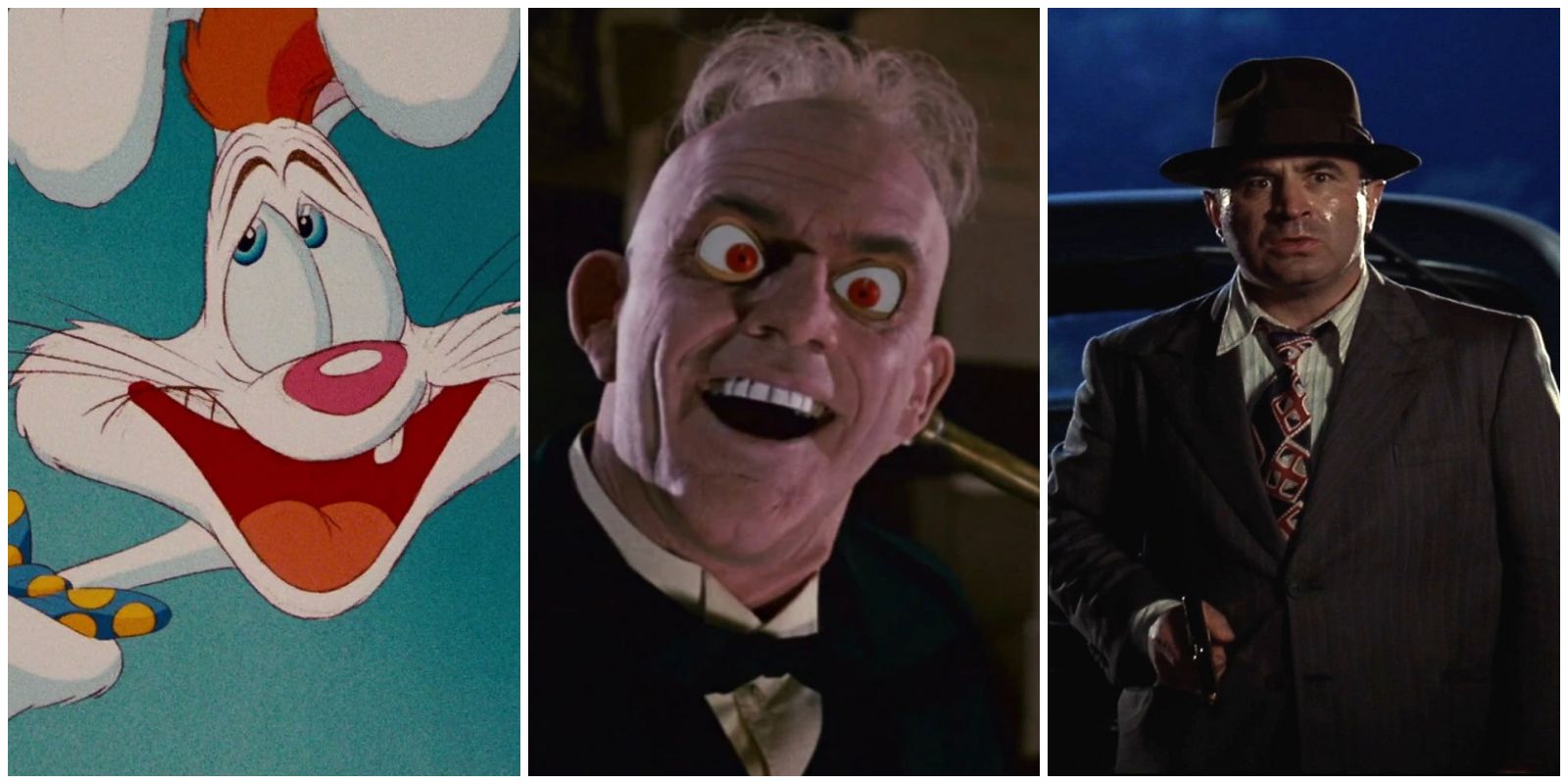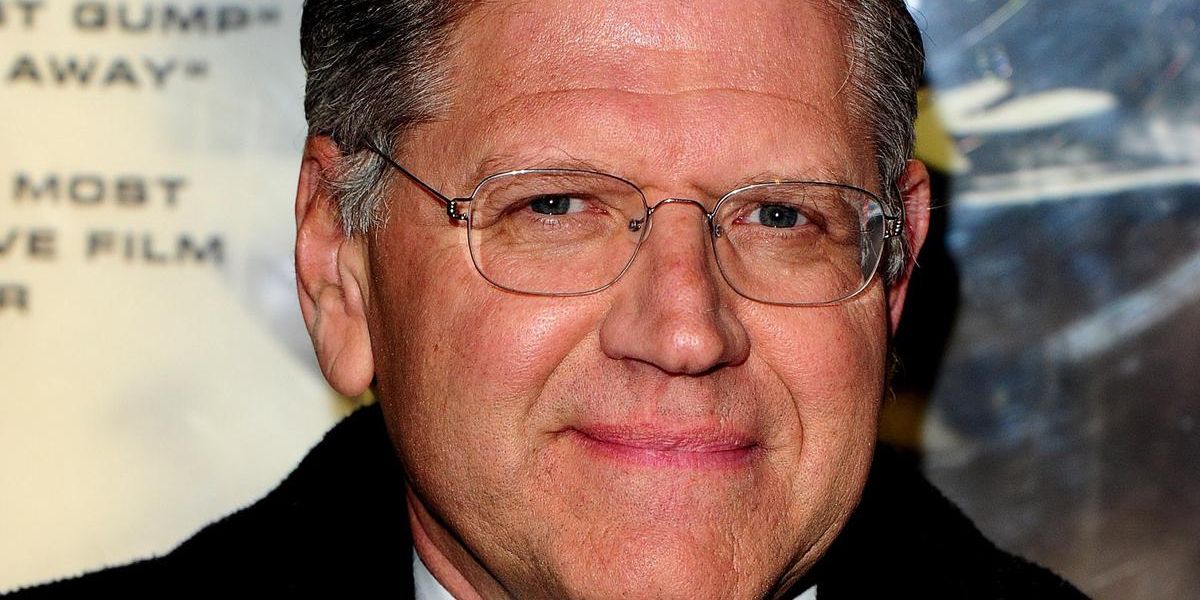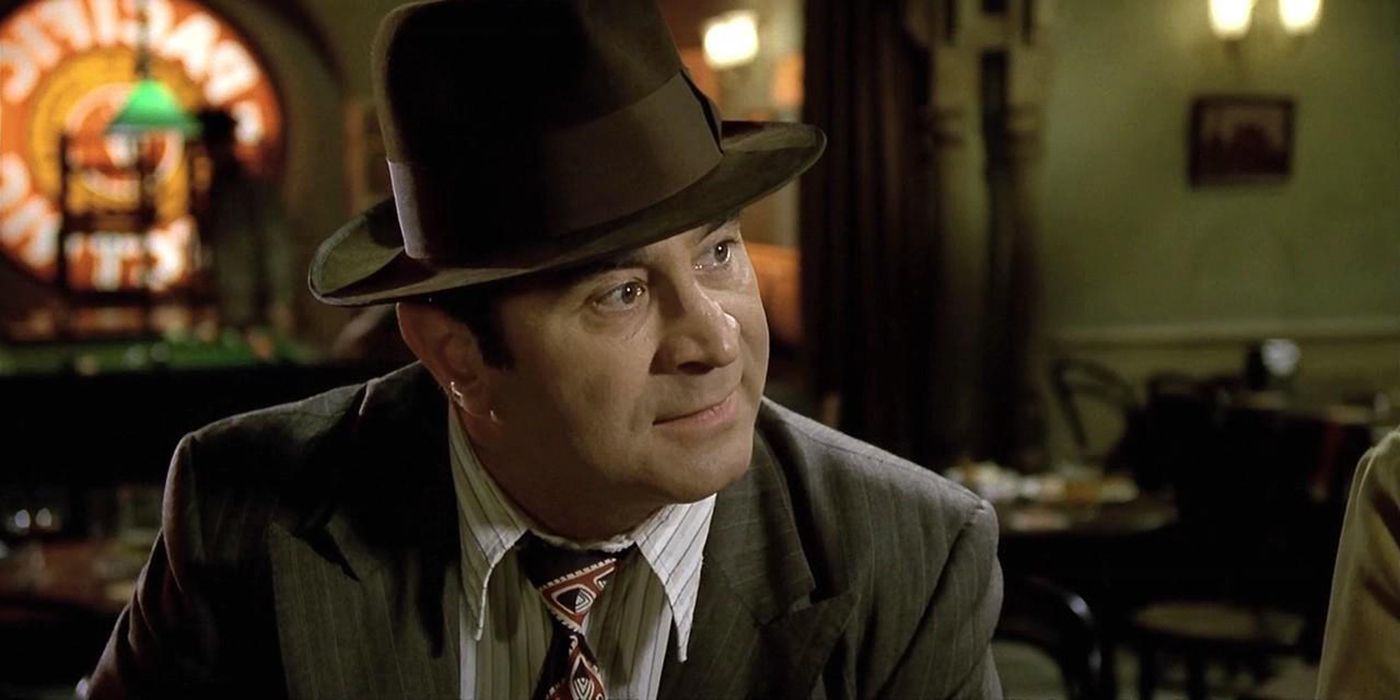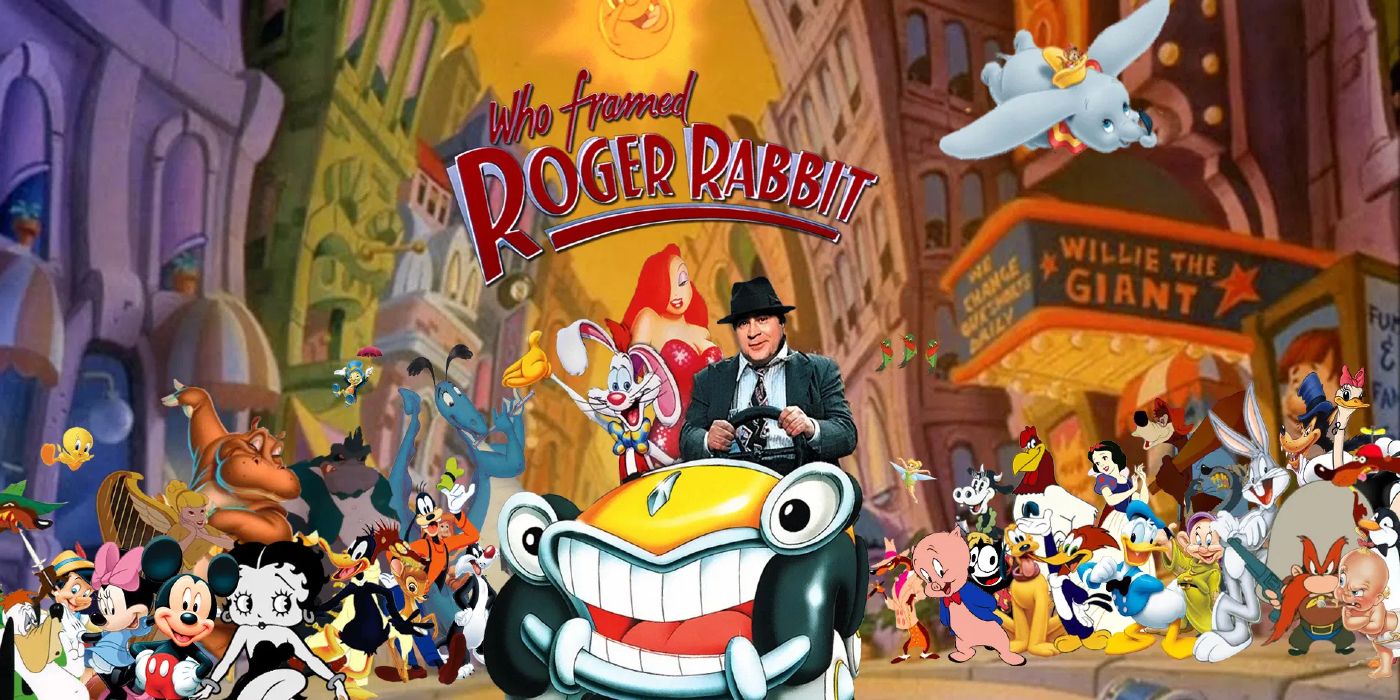1988's Who Framed Roger Rabbit is one of the most well-known films of its era, and its treatment of 'visual possibility' is one of the reasons why. At the time, the idea of mixing live action with animation hit differently than it does today. The technique was flirted with previously, but apart from a few exceptions such as 1964's The Incredible Mr. Limpet and 1977's Pete's Dragon, it was sparse in mainstream American cinema.
Because of Roger Rabbit's legacy as the film that rekindled public interest in American animation, there are interesting tidbits about it many fans may not know. Regardless, the conversation about Who Framed Roger Rabbit hasn't taken a vacation in the years since its release.
10 Finding A Director For "Who Framed Roger Rabbit" Wasn't Easy
Robert Zemeckis is the director of Who Framed Roger Rabbit, but there were other directors who were offered the opportunity. Terry Gilliam is perhaps the most well-known of these directors. However, Gilliam decided the film was too technically difficult to make and passed on the opportunity.
After the fact, Gilliam later acknowledged an unwillingness and laziness on his part to make the film, which may seem strange to many who know his filmography. After all, this is the man who made 1985's Brazil. However, Zemeckis instilled his trademark sense of humor and adventure into the hit film with the casting of the familiar Christopher Lloyd, whose corrupted and punishment-minded character wouldn't be unthinkable for Gilliam.
9 Bugs Bunny, Mickey Mouse, And... Rocky Balboa? It Almost Happened
Several actors were offered the role of Eddie Valiant, including some of Hollywood's most popular actors of the era. This includes Harrison Ford, Bill Murray, Chevy Chase, Robert Redford, Jack Nicholson, Ed Harris, Robin Williams, and Sylvester Stallone.
Ultimately, for one reason or another, none of these actors were chosen, and the role went to Bob Hoskins. In retrospect, Hoskins doesn't seem like the most natural choice for the role of Valiant considering his prior work history, but there's no imagining Who Framed Roger Rabbit without him. His ability to frame his characters in a humorous turn on deathly serious roles, as he did in 1986's Mona Lisa, is integral to Who Framed Roger Rabbit's charm.
8 "Who Framed Roger Rabbit" Was 1988's Second-Highest-Grossing Film
As popular as Who Framed Roger Rabbit was, it wasn't the highest-grossing film in 1988, making $329,803,958 worldwide. Rain Man came in at number one with a worldwide gross of $354,825,435. As strange as it seemed at the time for a Disney-powered project to come second to a Barry Levinson drama at the box office, there was no denying the star power of Tom Cruise and Dustin Hoffman. Similarly, Roger Rabbit's box office success was carried on the backs of Bob Hoskins and Christopher Lloyd. Their juxtaposing roles were nothing short of vibrant and stood out alongside the Toons.
7
The Closing Of Pacific Electric And Toontown Coincided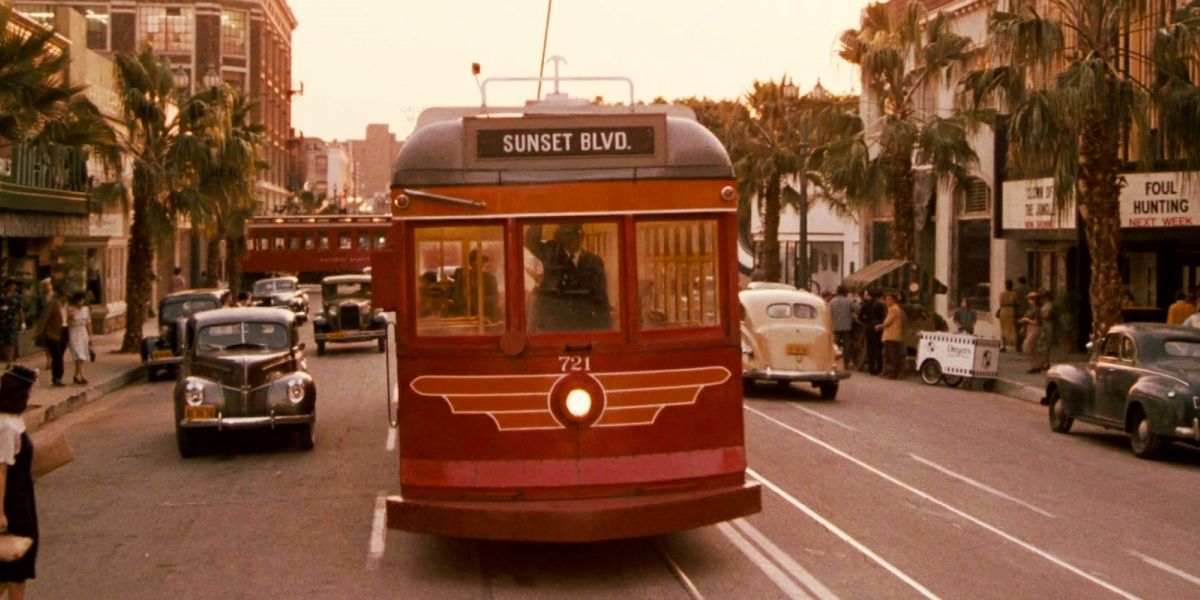
Who Framed Roger Rabbit directly contends with the closing of the Pacific Electric Railway Company in the 1940s. In the 1920s, Pacific Electric was the largest electric railway system in the world. By the '40s, the setting of the film, the expansion of the suburbs, and the proliferation of urban planning resulted in it being forced out of business.
This inclusion in the film was in line with the treatment of political and technological advancement in other Robert Zemeckis films, most notably the Back to the Future series. With Steven Spielberg serving as producer on these films, the two filmmakers clearly shared an interest in technological conquest and consequence.
6
Disdain From Within Forced Disney To Offer Accommodations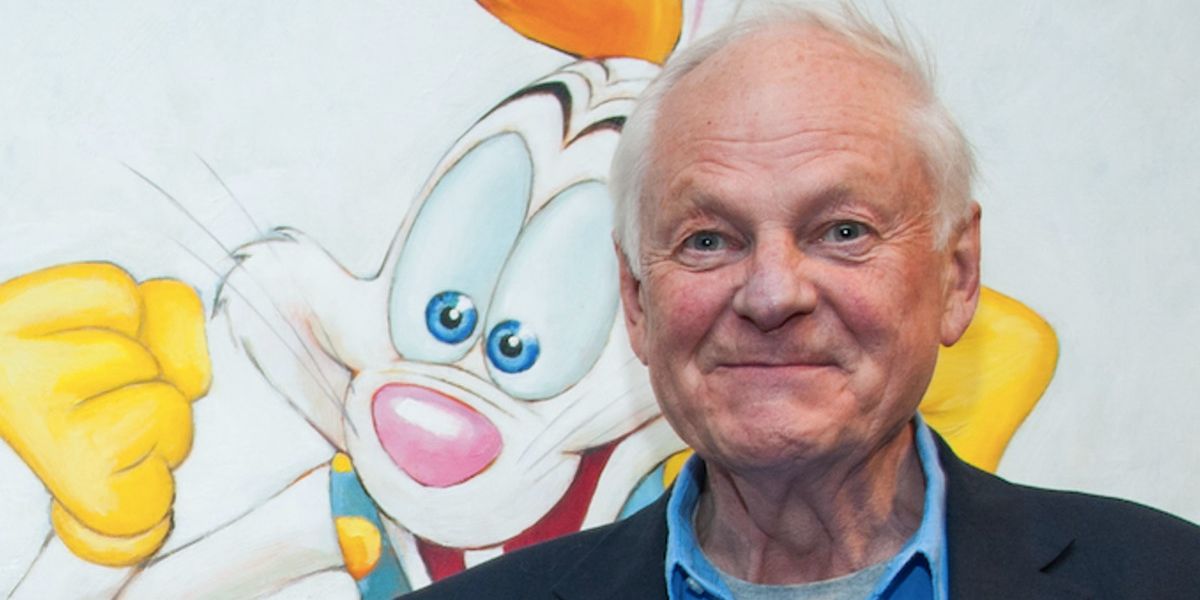
Richard Williams was hired to work as the animation director for Who Framed Roger Rabbit. However, one of his conditions for working was that he wasn't made to work in a Los Angeles studio. He was forthcoming with his distaste for Disney bureaucracy and therefore refused to work anywhere near it.
Due to this, Williams was granted the ability to work in an animation studio in Camden Town, London. In another effort to earn his favor, Disney offered to help distribute his unfinished animated film The Thief and the Cobbler. In 1995, Disney's Miramax finally released its re-edited version under the title Arabian Knight, but the film's lukewarm reception and problematic imagery prevented a cult following from ever emerging.
5
Universal Acclaim? Not So Fast, Said Richard Corliss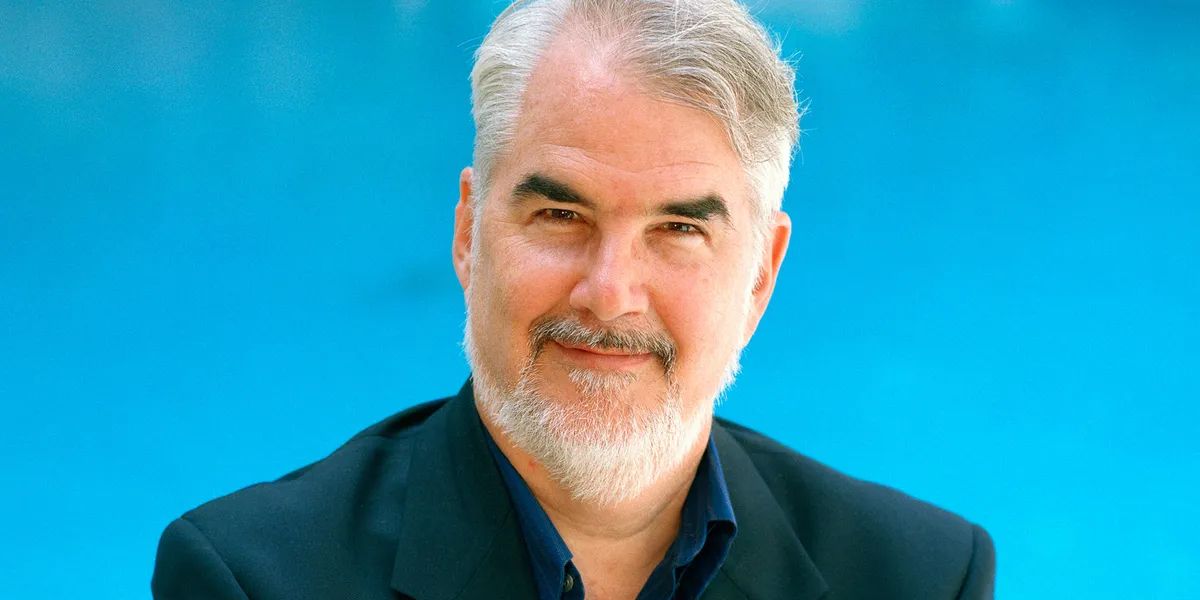
Who Framed Roger Rabbit was extraordinarily well received at the time of its release, and critics and audiences continue to love it today. However, not every critic was a fan of the movie, and the film's biggest foe was TIME Magazine's, Richard Corliss.
Among Corliss's observations were that "[s]omething got lost in the move from storyboard to screen, and in the stretch from seven minutes to 103." The overwhelming majority of his fellow critics felt otherwise. And as Zemeckis' characters go, it doesn't get much better than the outrageous trappings of Judge Doom.
4
Proposed Sequel Then? Now? Ever?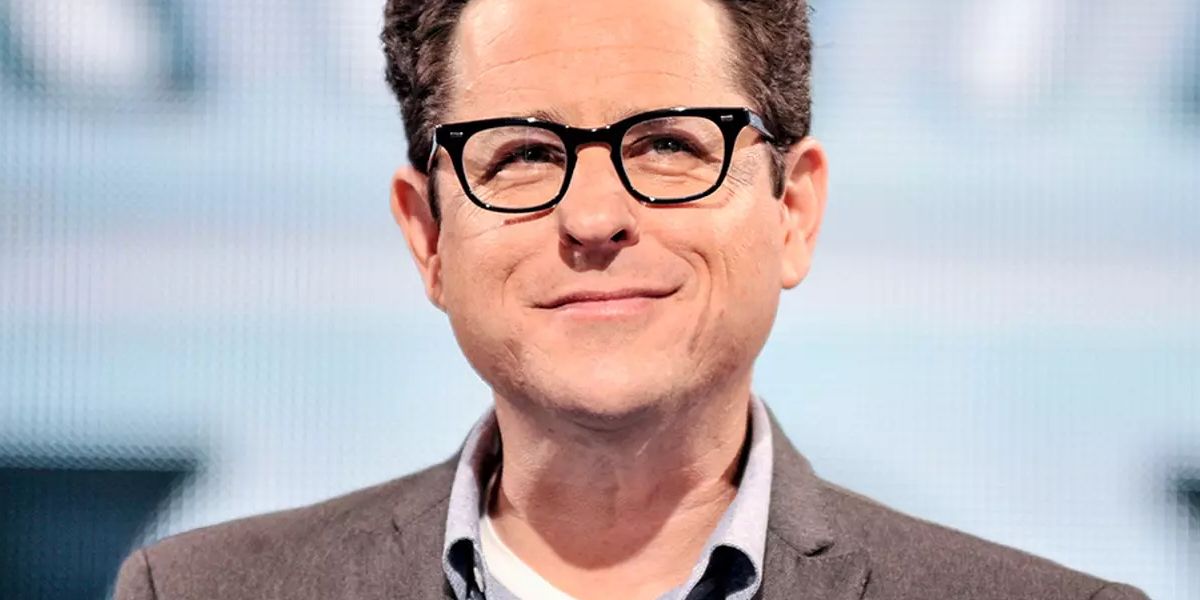
Since its initial box office success, a proposed sequel to Who Framed Roger Rabbit has been talked about on and off again. J.J. Abrams came up with an original outline for a sequel in 1989, though it was eventually abandoned. In 1998, there was some footage shot under the working title Who Discovered Roger Rabbit, but also went nowhere.
In 2010, Bob Hoskins stated he'd be open to returning to the role of Eddie Valiant in a sequel if it was green-lit. However, he retired from acting in 2012 due to a Parkinson's diagnosis and later died in 2014. In 2018, Robert Zemeckis stated how he didn't believe Disney would ever green-light a sequel, and as of 2022, that certainly seems true – especially as the mood in American cinema isn't compatible.
3
The "Spiritual" Sequel That Wasn't.webp)
2022's Chip 'n Dale: Rescue Rangers is considered by some a "spiritual" sequel to Who Framed Roger Rabbit. This is due to its similar sense of humor and treatment of live-action/animation techniques, though these techniques are contemporary compared to WFRR. Even so, this thinking is more wishful nostalgia than the truth.
Roger Rabbit's cameo appearance in Chip 'n Dale gave fuel to the idea of spiritual succession. In reality, the film is a reboot of the animated television series of the same name, which ran between 1989 and 1990. Nevertheless, audiences felt a rekindling of Roger Rabbit's spirit, and the film earned favor as a result.
2
Conflict With The Author Of Its Source Material Exposed Disney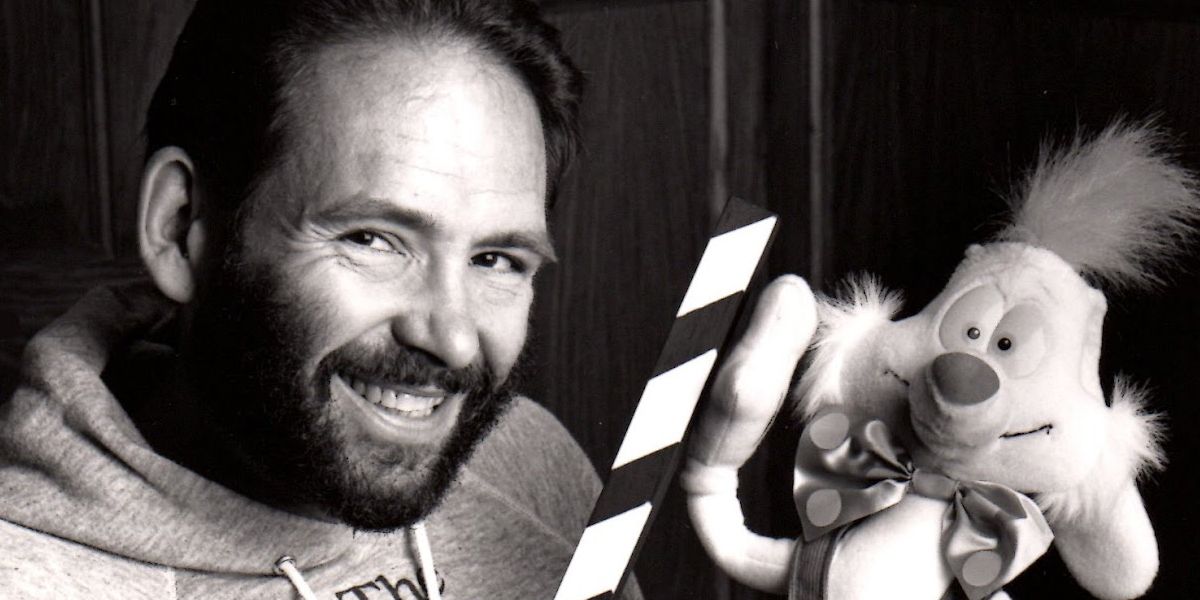
Who Framed Roger Rabbit is based on a novel called Who Censored Roger Rabbit?, written by Gary K. Wolf in 1981. Unhappy with his access to royalties from Disney, he sued in 2001 alleging he was owed over merchandise sales. The suit went to court in 2002, and it was denied in favor of Disney.
However, the California Court of Appeals saw the suit differently in 2004, sending the case to further legal proceedings. In 2005, Wolf earned a favorable decision on his suit. It was estimated his reward totaled between $180,000 and $400,000 in additional royalties from Disney. This legal victory undoubtedly emboldened him to connect his novel's sequel, 1991's Who P-P-P-Plugged Roger Rabbit?, closely to the film in its tone.
1
Screen Time Accommodations Were A Requirement-1.jpg)
In Who Framed Roger Rabbit, it was a requirement to include an equal amount of screen time for Walt Disney and Looney Tunes characters. For Disney's usage of the Looney Tunes in the film, Warner Bros. had to award them under contract. Long seen as rival studios with rival characters, Warner Bros. allowed Disney their usage for a price and one other stipulation: that their characters be given equal time onscreen.
Producer Steven Spielberg was able to secure this agreement and therefore feature the Looney Tunes characters in the film. This deal, from the business standpoint of franchise filmmaking, was unique. Disney and Spielberg pulled off something rare in mainstream cinema, which is the reason Roger Rabbit remained fresh and why audiences keep coming back to it today.

